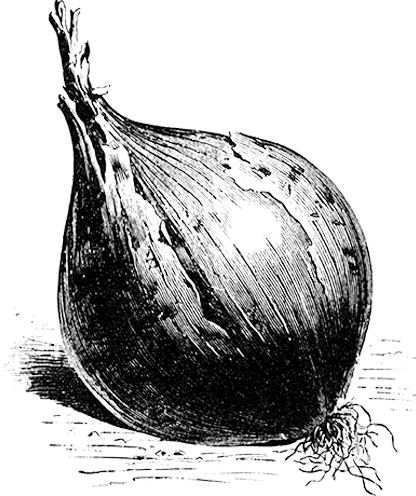Wax Bean
Phaseolus vulgaris
Bean variety with bright yellow to very deep yellow pods. Wax beans are very tasty with their buttery flavour.
Very nice, early, reliable runner bean. Round, 16 cm long pods. The colour is saturated...
More info →Traditional french bean. The upright plant gives very beautiful, juicy, strong yellow,...
More info →Is a pole golden wax pod of long, straight, round, tender, deeply yellow pods of the best...
More info →Dragon's Tongue, is an unusual and very beautiful golden wax pod from Holland. The...
More info →One of the best low wax beans we have grown. Remains ripe and thread-free for an...
More info →
